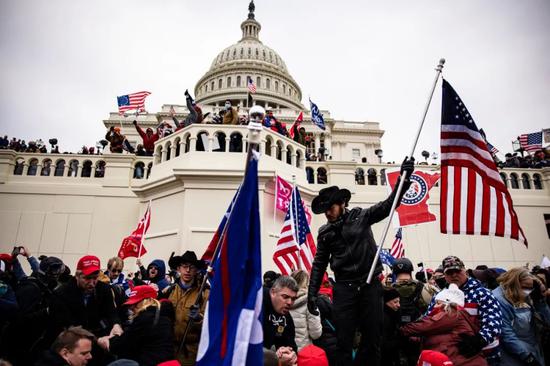The United States often accuses other countries of using face recognition technology to violate human rights. However, after the impact on the U.S. Congress, face recognition technology was the main means when the FBI arrested protesters. American “double standard” is everywhere.
When these demonstrators stormed the Capitol, they left a large amount of video materials through cameras inside Congress, media shooting and photos and videos uploaded by themselves, which they might not have thought at that time would be evidence of their arrest and prosecution.
Former FBI agent Doug Gunn: This is a lot of information. These are all evidence left by offenders for identification.
Doug Gunn said that the FBI could find demonstrators through face recognition software. They collected 600 million photos through driver’s licenses, passports, suspect photos and online photo videos, etc., and set up a photo library to compare faces.
According to the FBI’s disclosure at a congressional hearing in 2019, the FBI’s criminal justice information department has two face recognition systems: the next generation recognition system and the face analysis comparison and evaluation system. According to Moore Sean, president of face recognition company real faces, these technologies have long tracked videos on the Internet to extract and store faces, and also improve accuracy by extracting information from different angles.
Former FBI agent Doug Gunn: If my former colleague (FBI agent) knocks at the door, it will certainly not be interesting.
In addition to the FBI, many law enforcement agencies in the United States are using face recognition systems. A face recognition company called Clear Vision Artificial Intelligence alone has 2,400 law enforcement customers, including the U.S. Department of Homeland Security.
“Face recognition is used for criminal investigations and there are no legal restrictions in the United States,” said Lapeluk, a senior adviser to the government project supervision organization.
He said that the FBI has the most powerful face recognition system in the United States, and face recognition can be activated as long as it passes internal evaluation.



